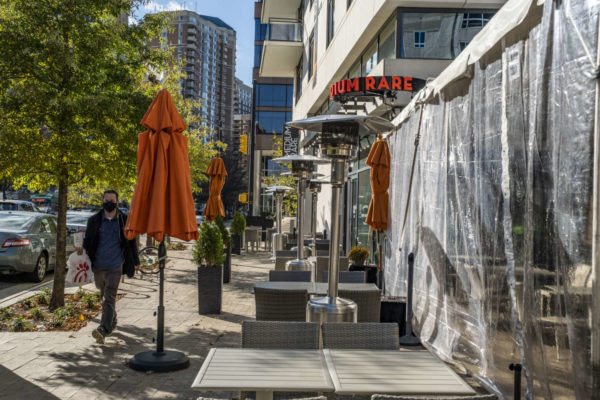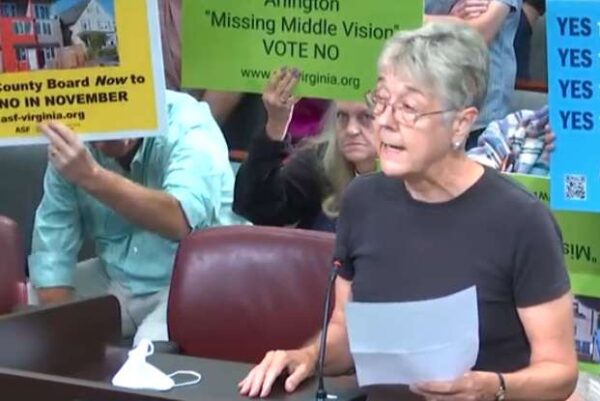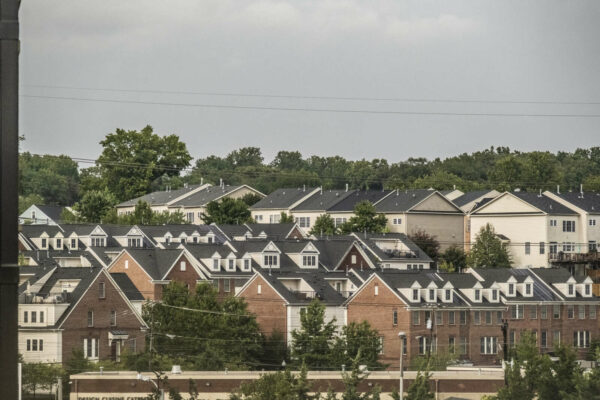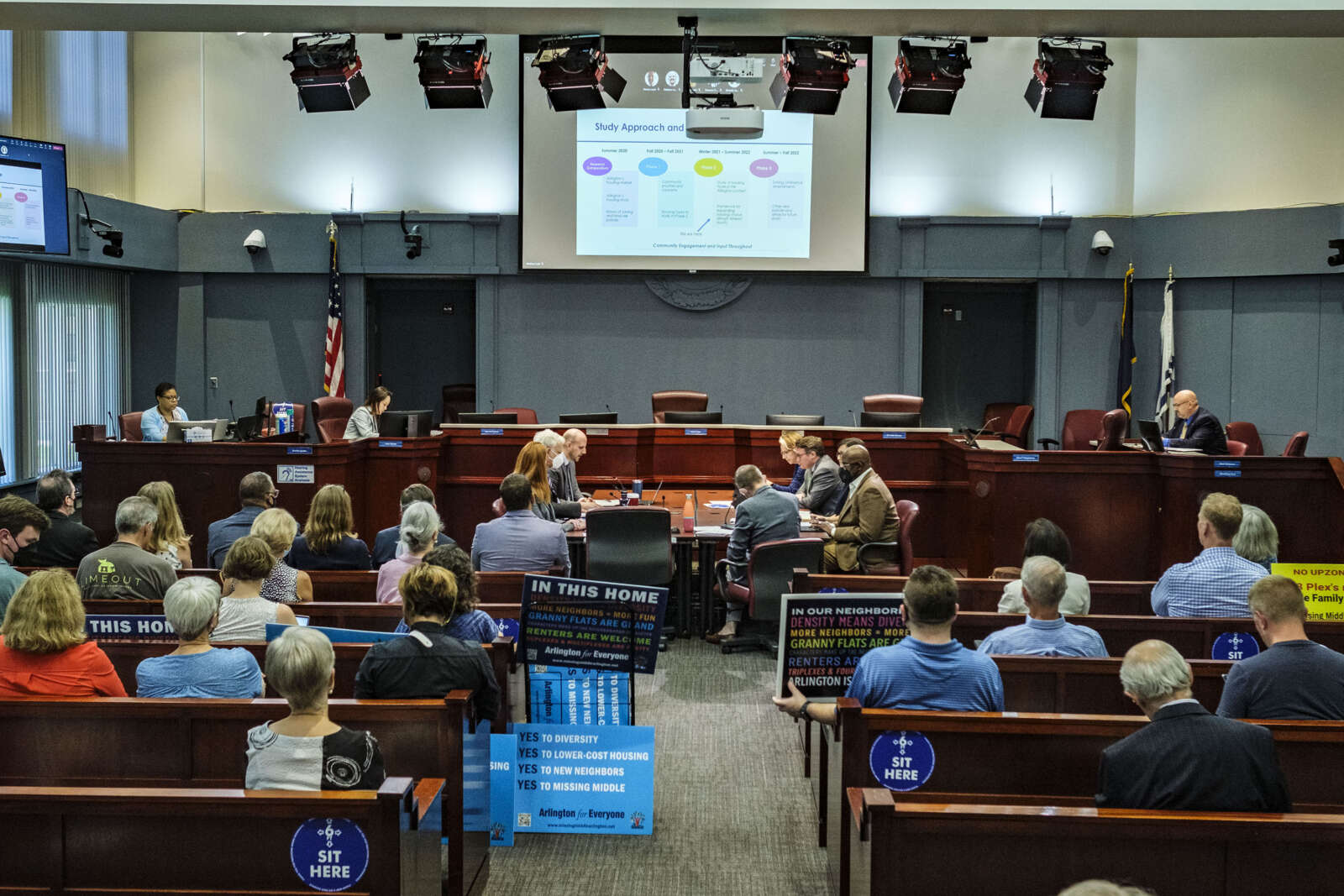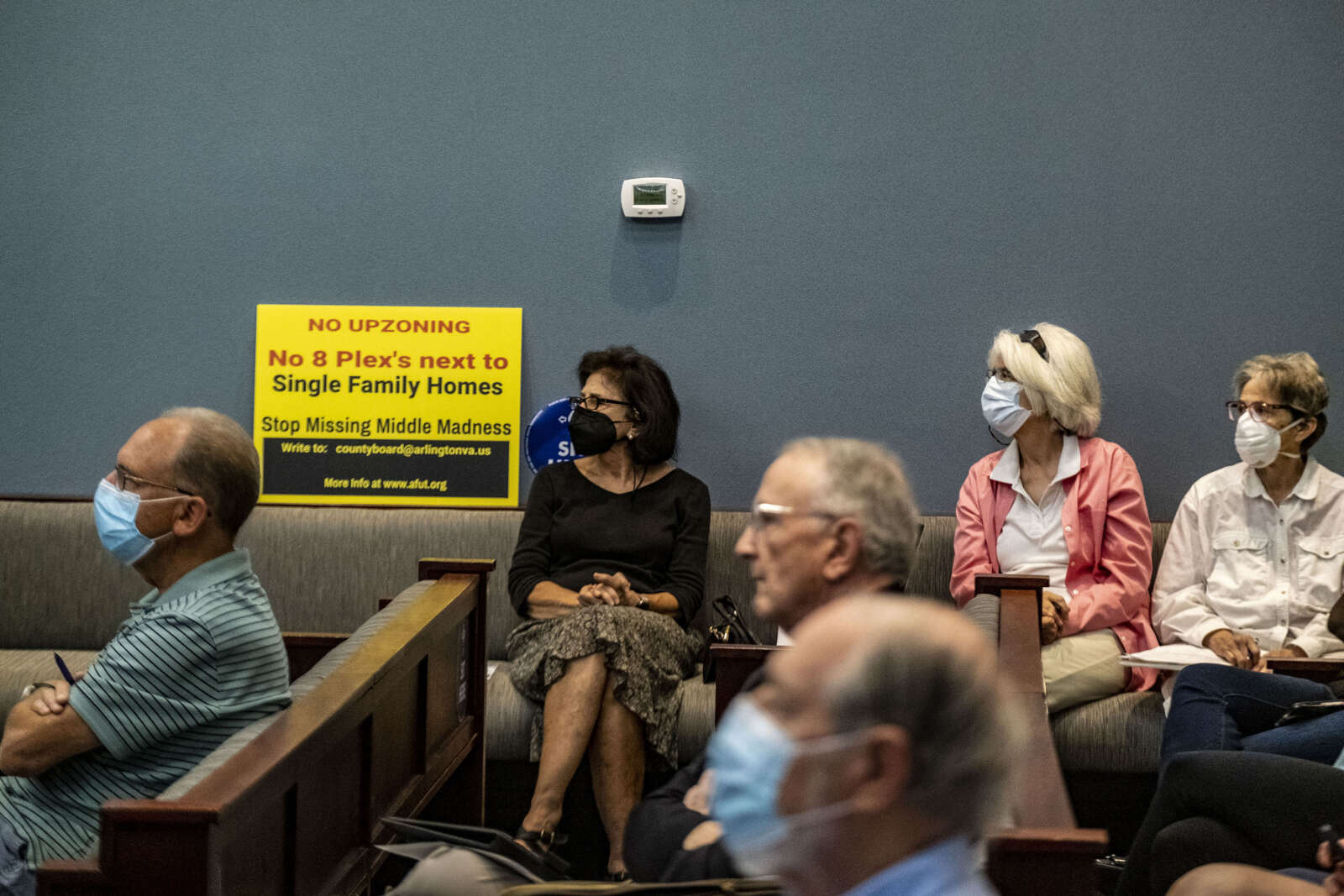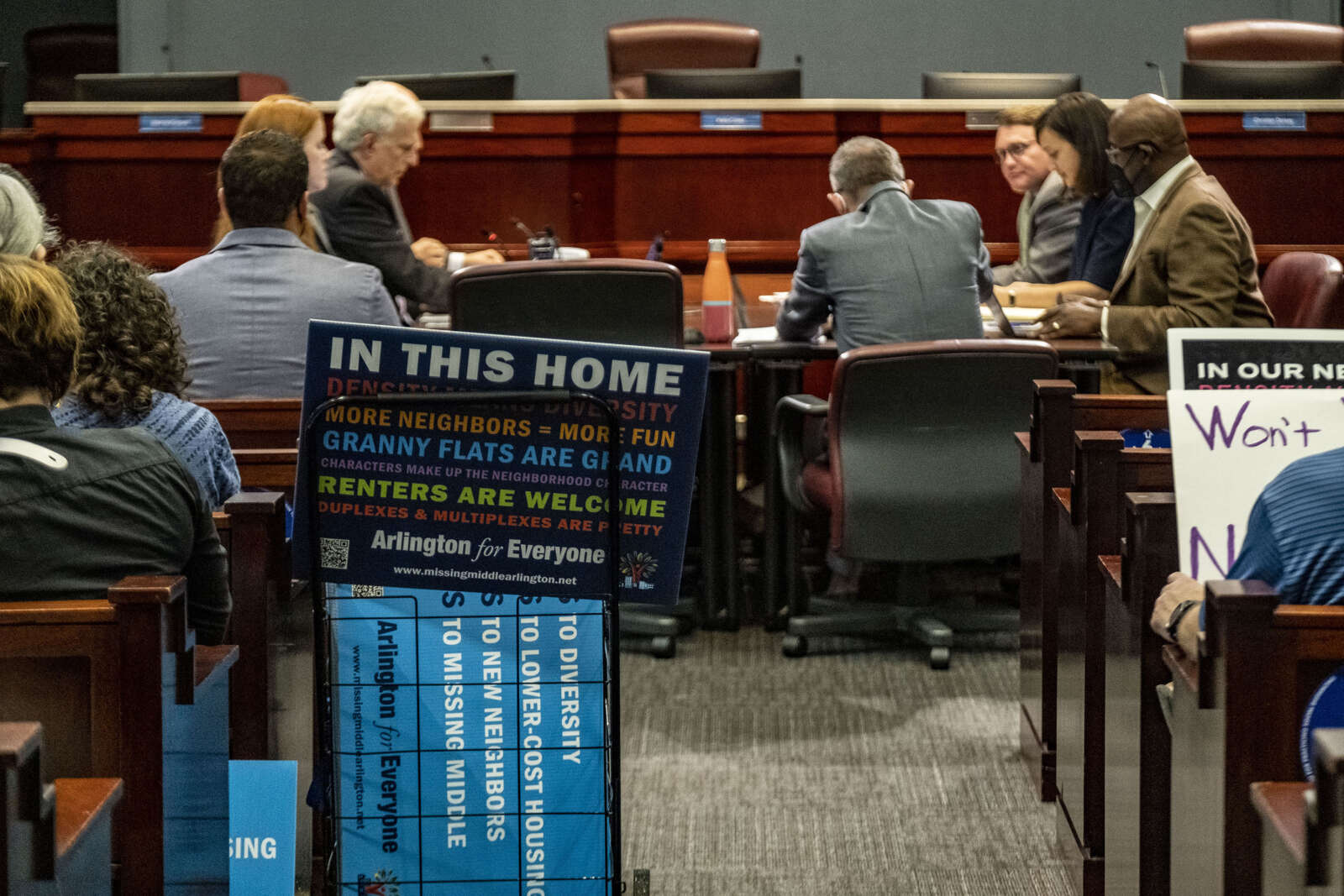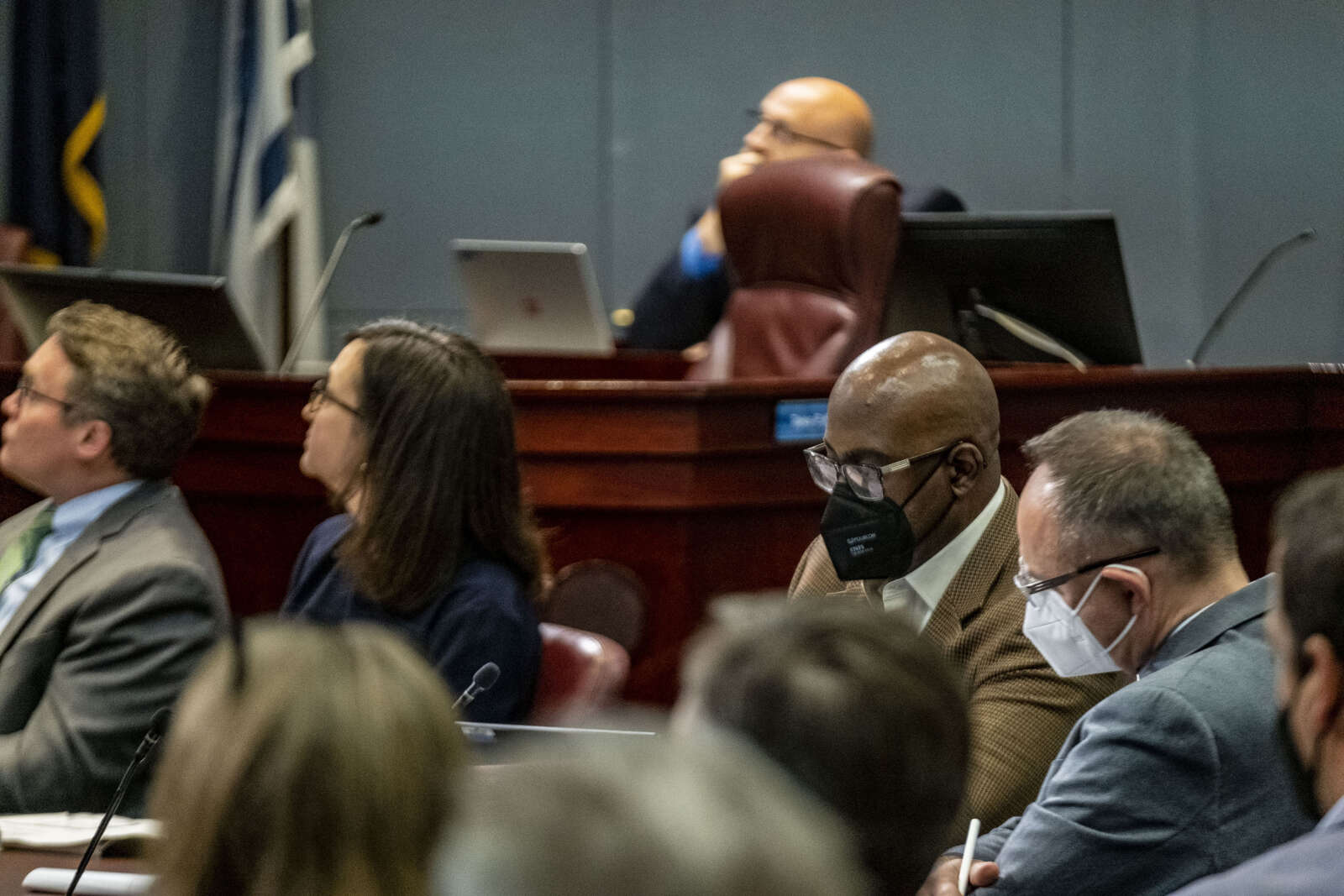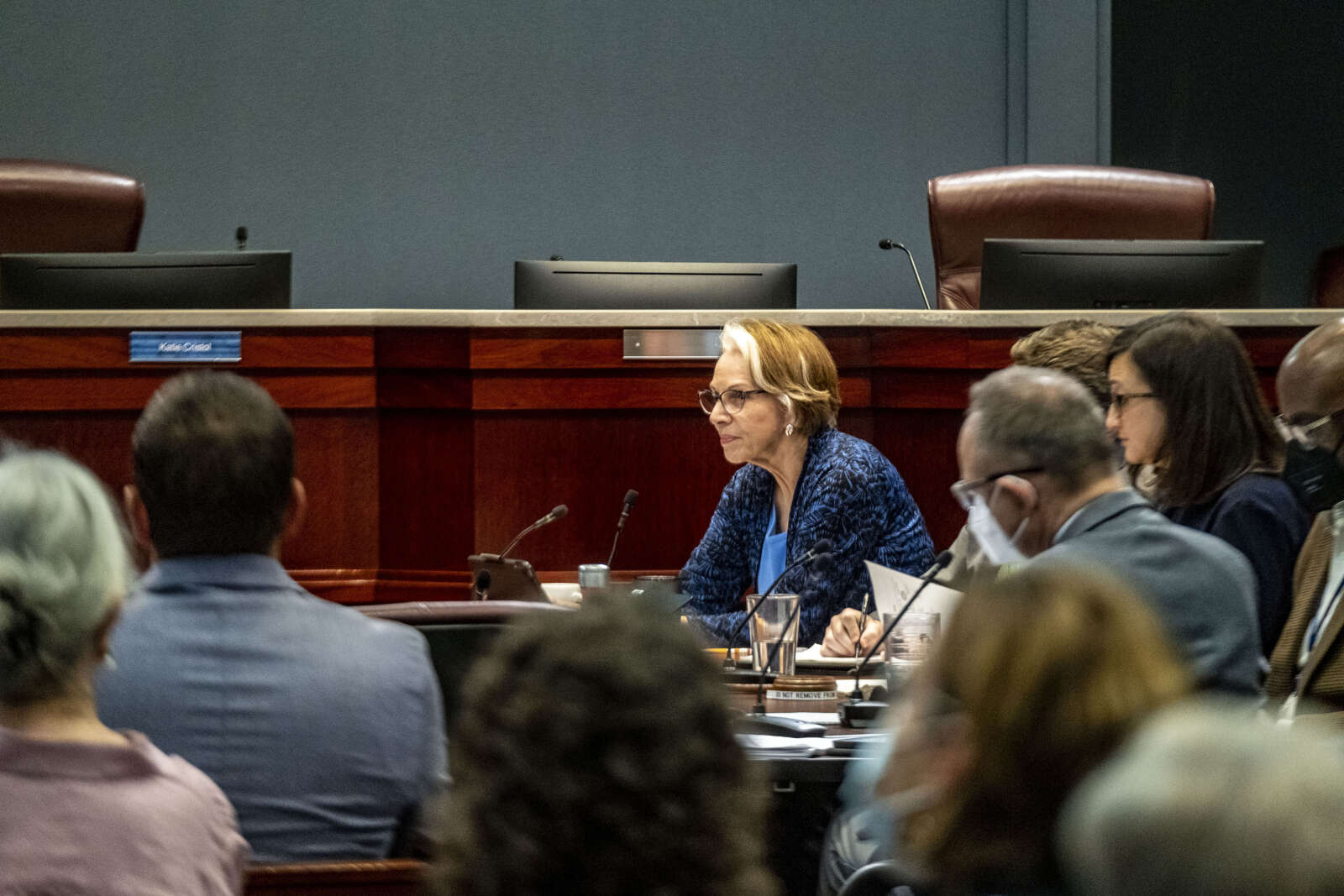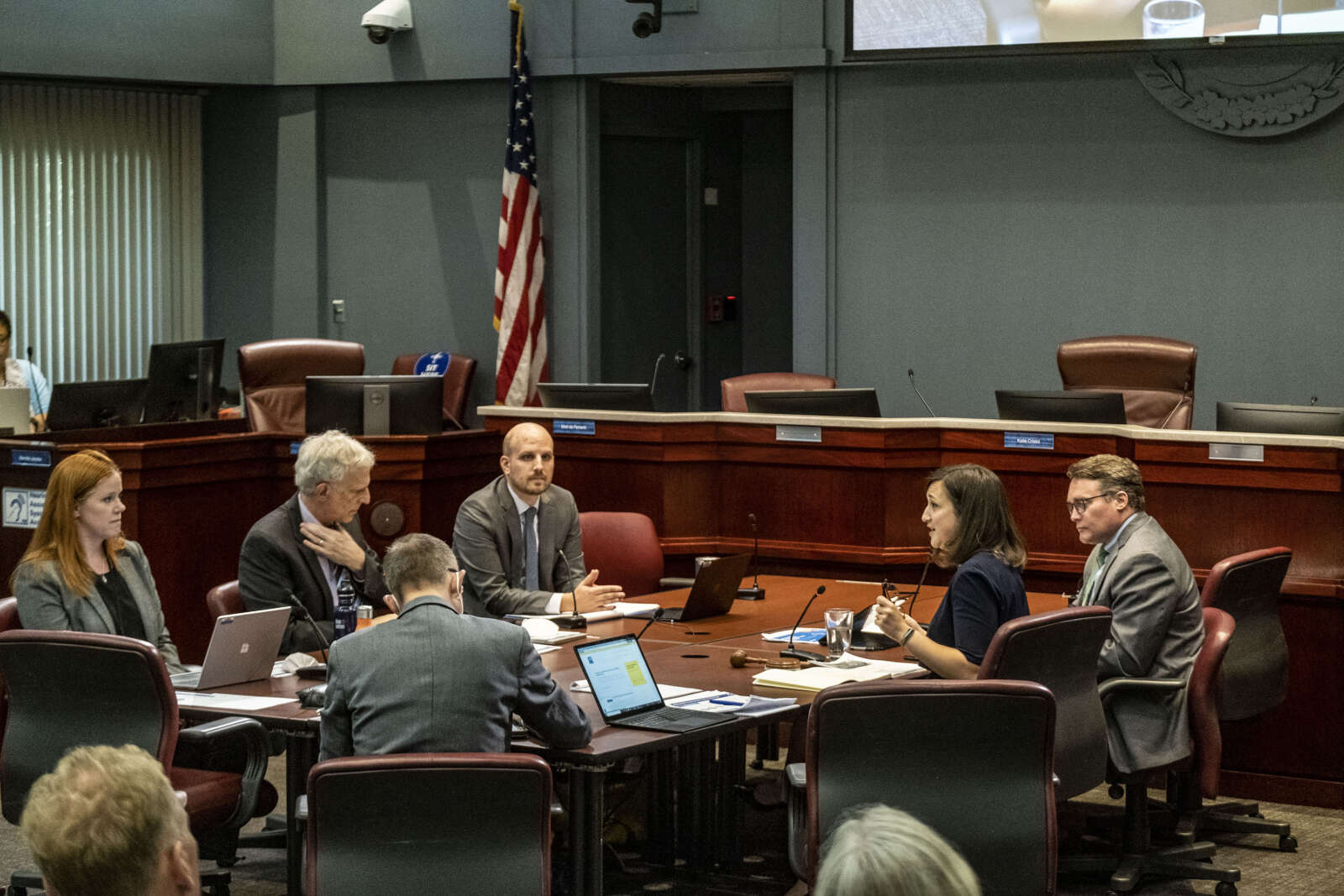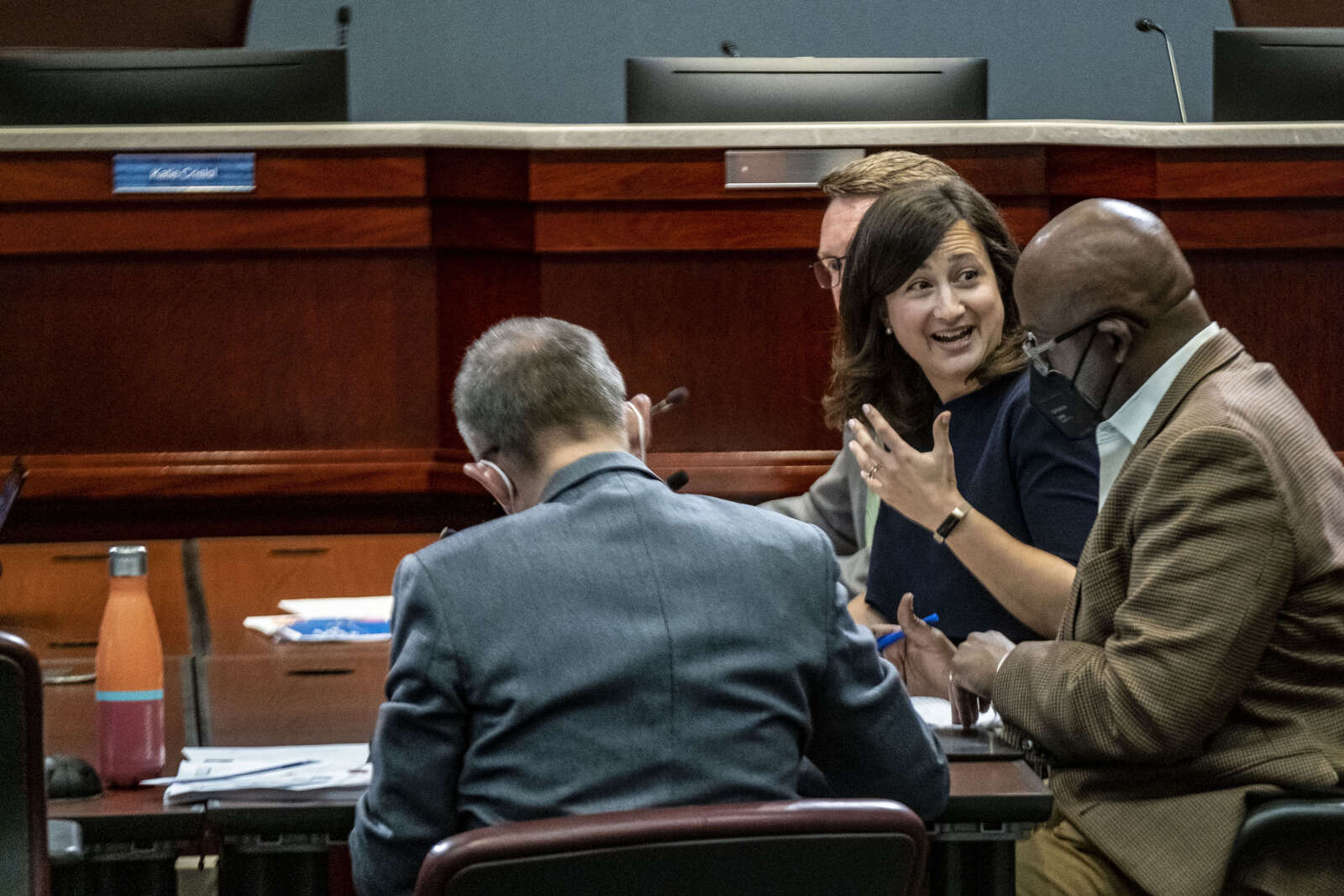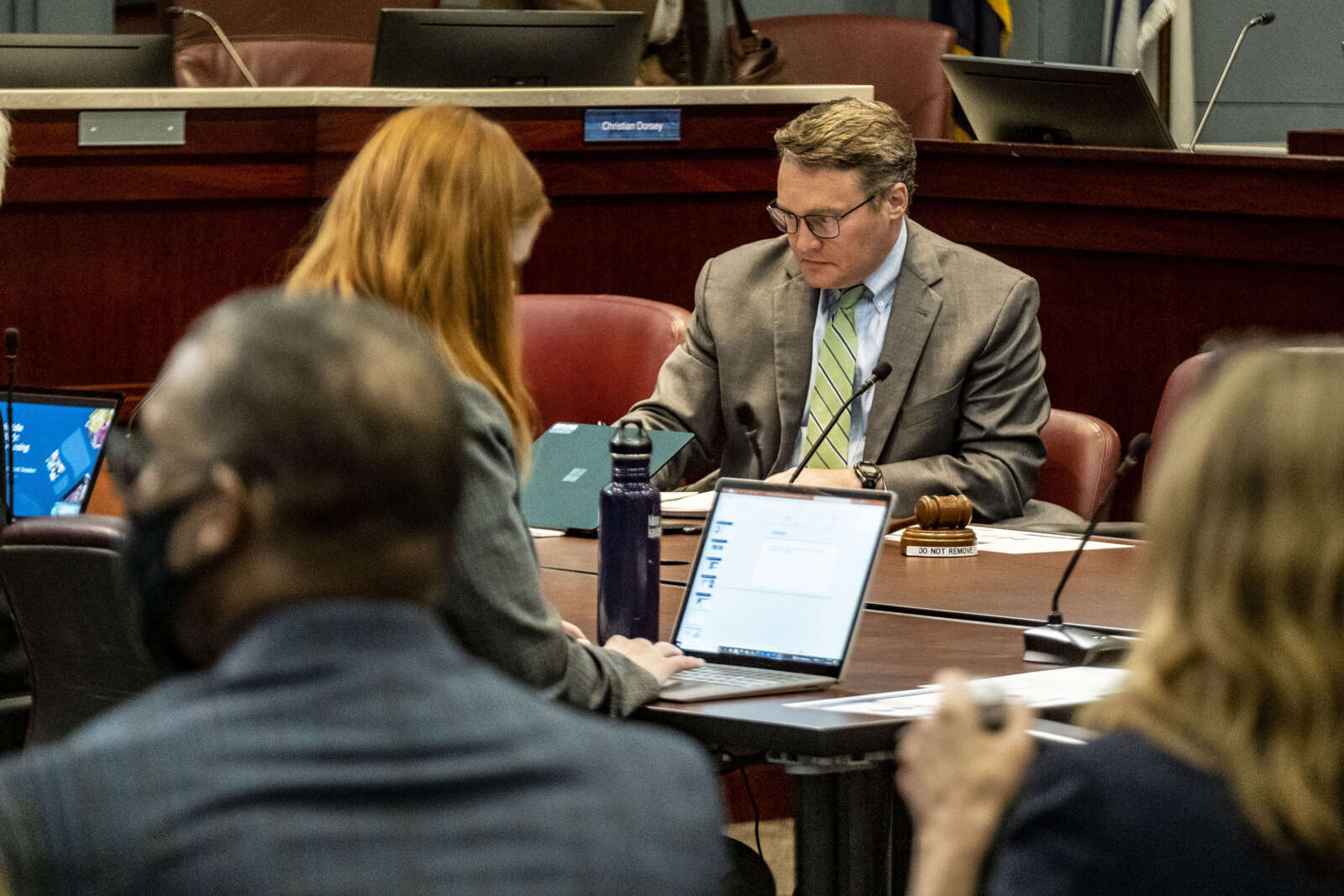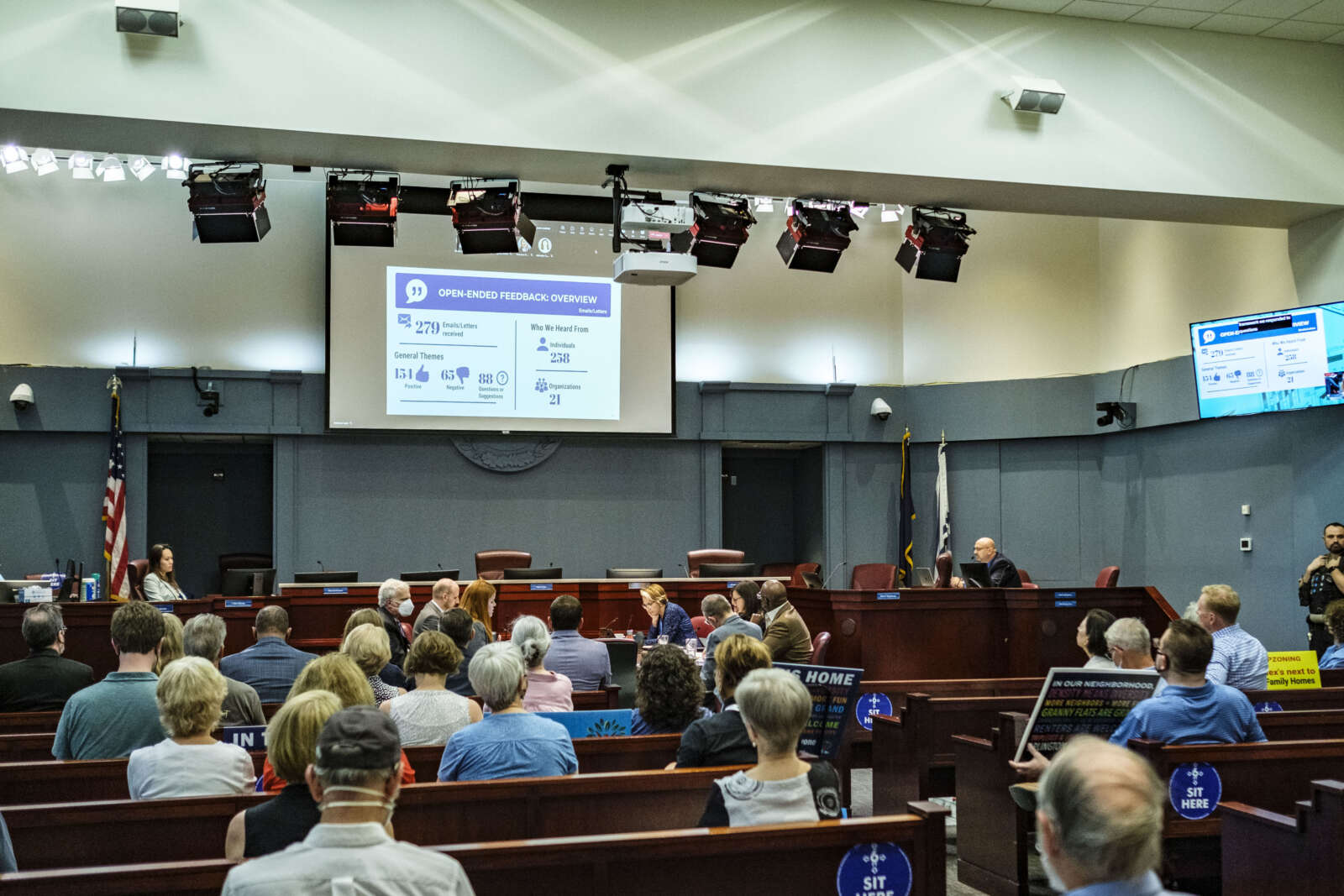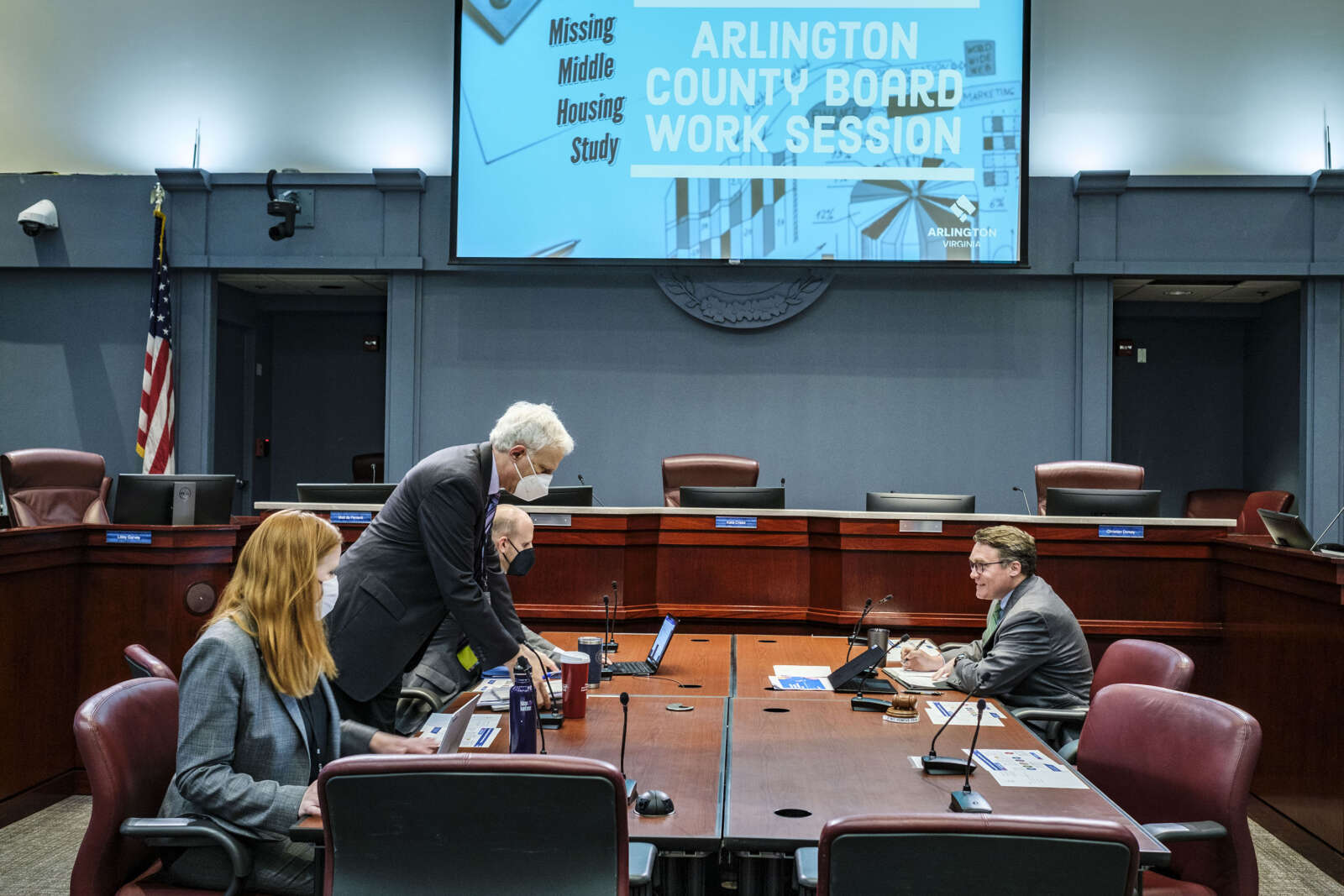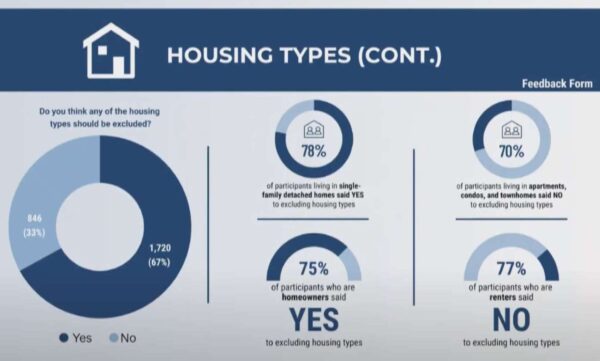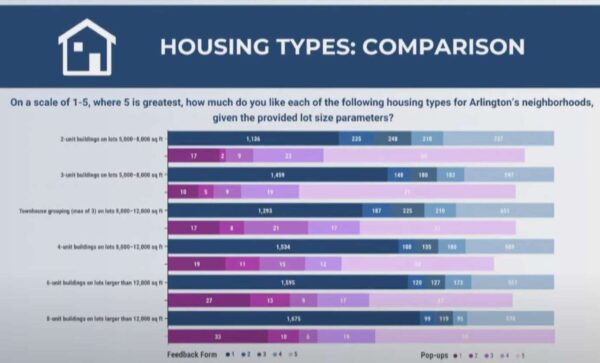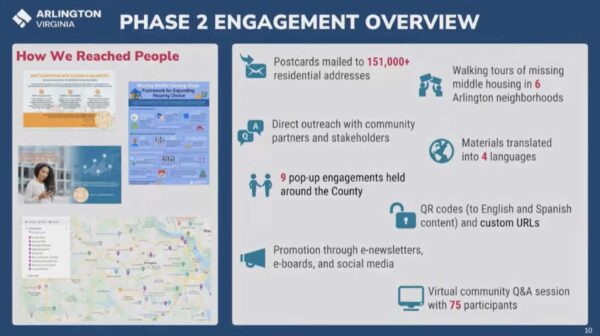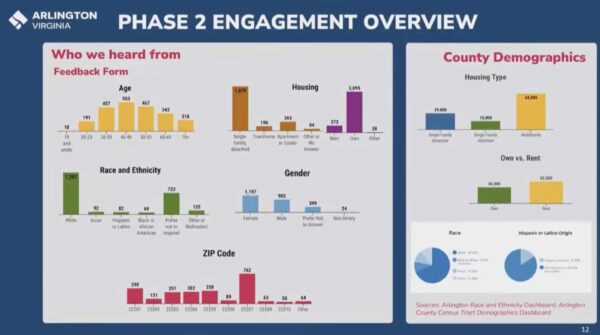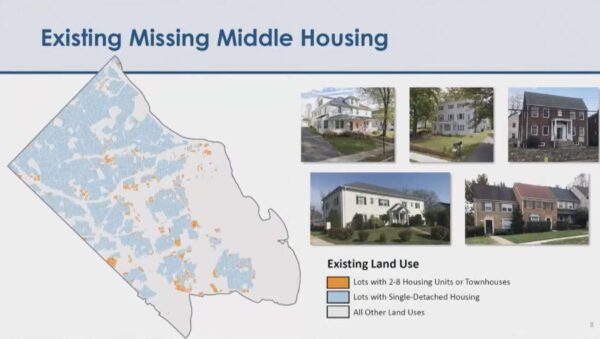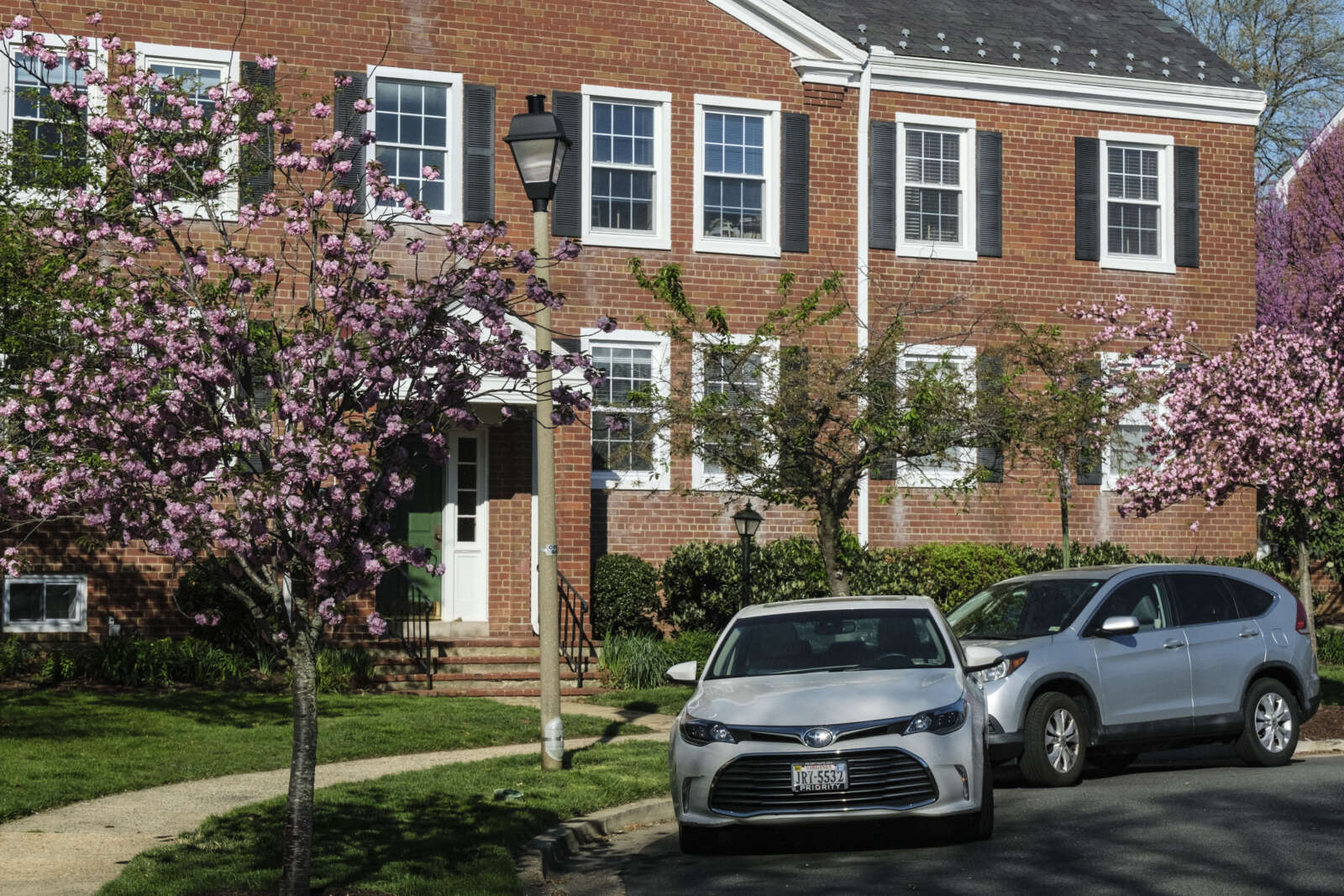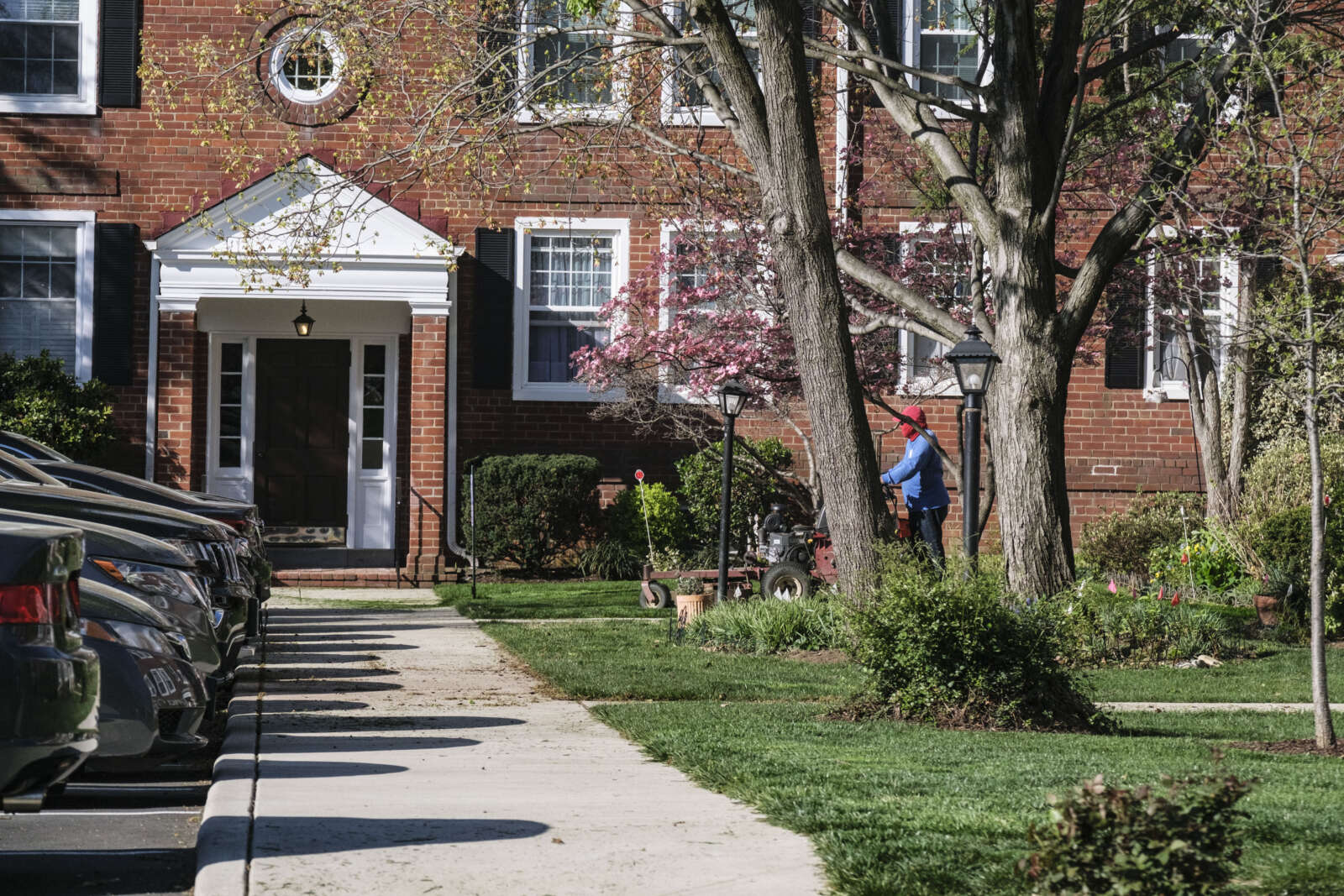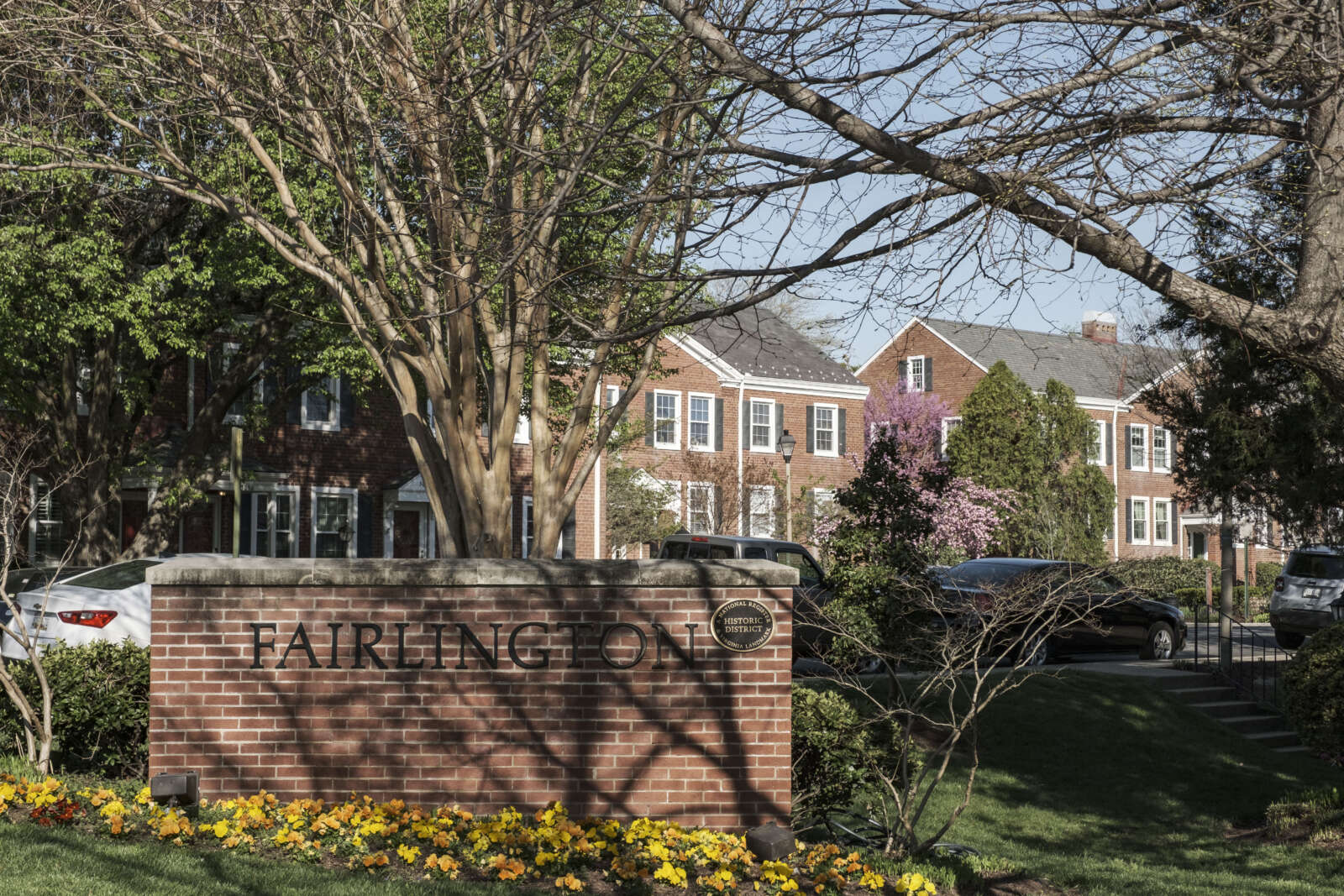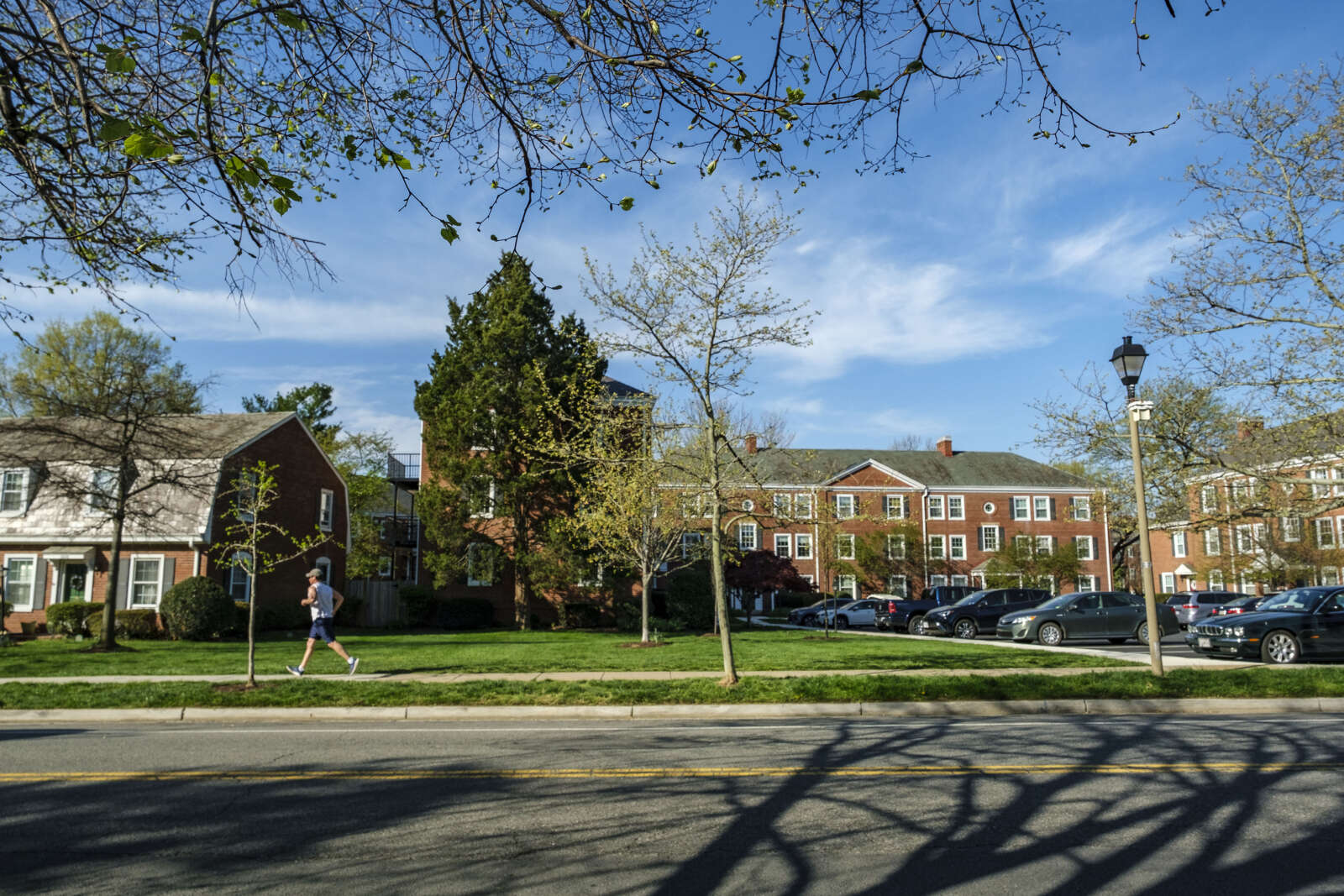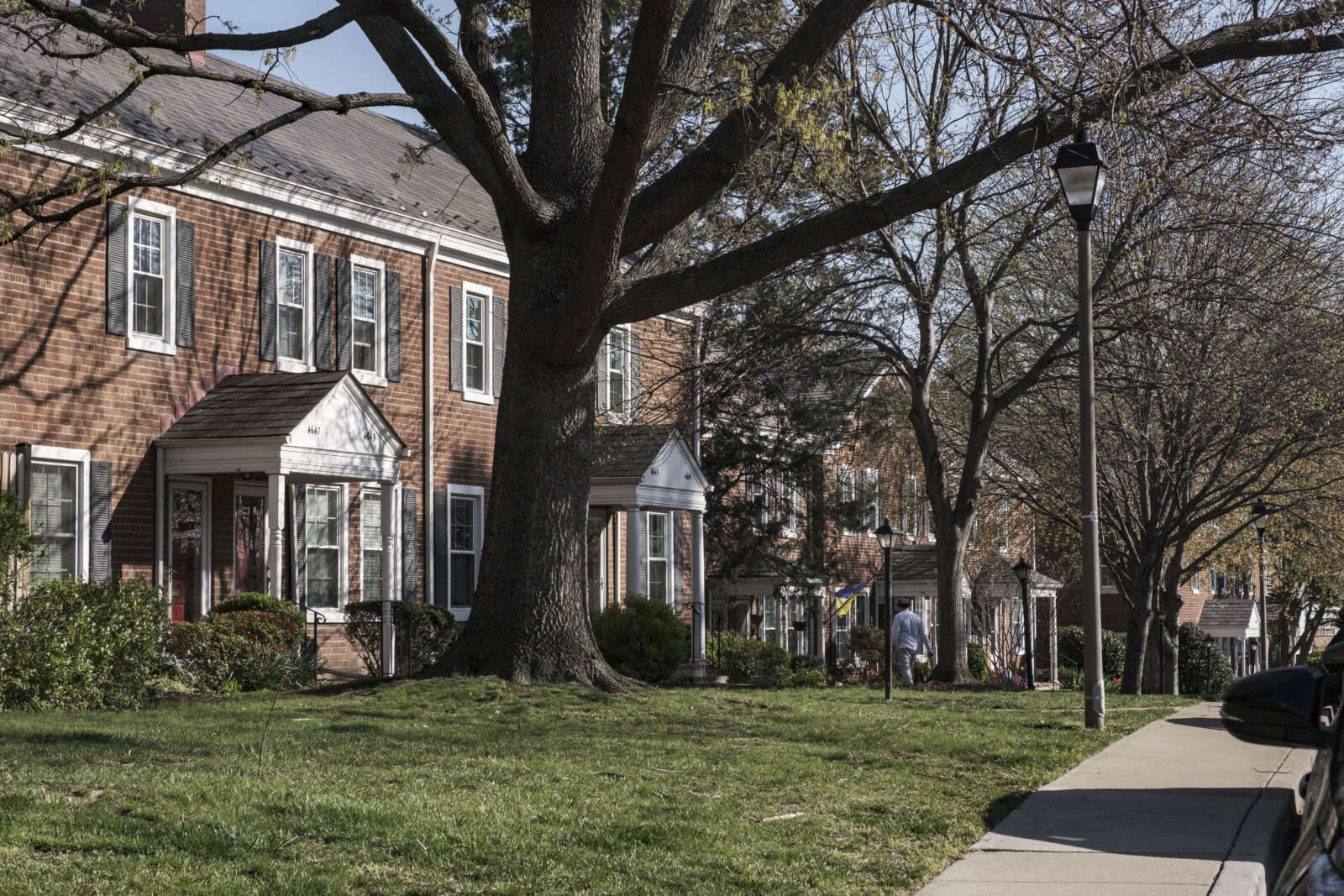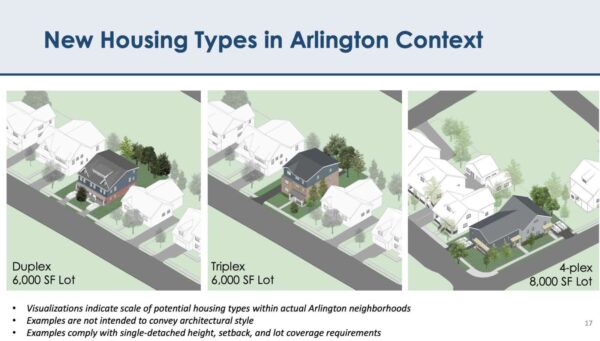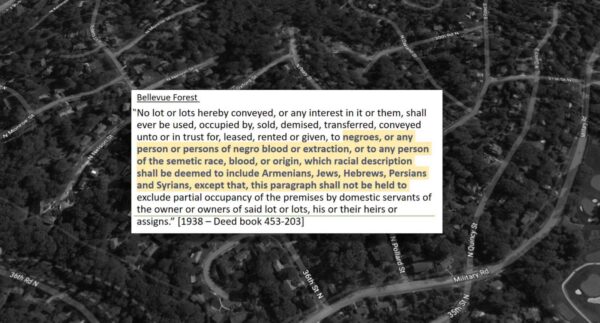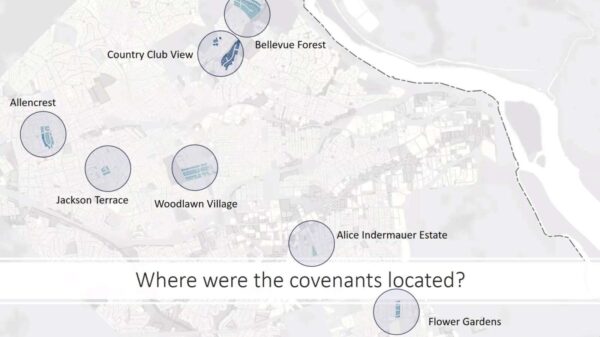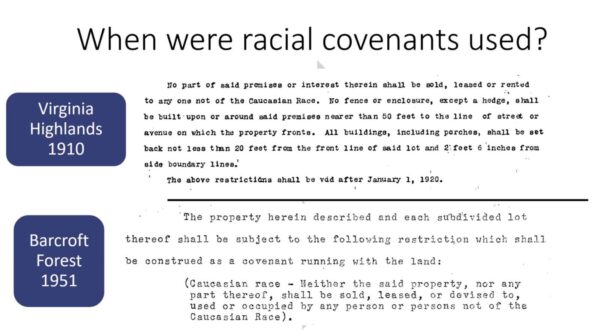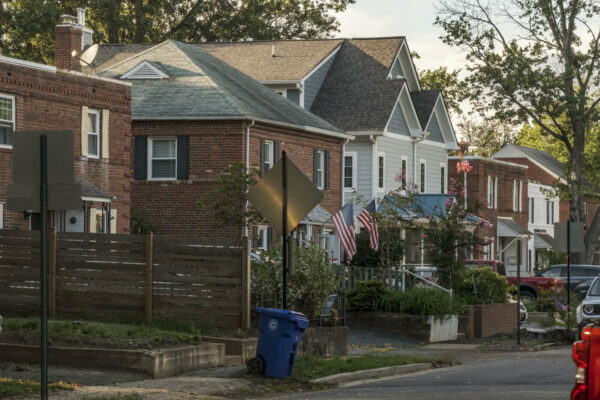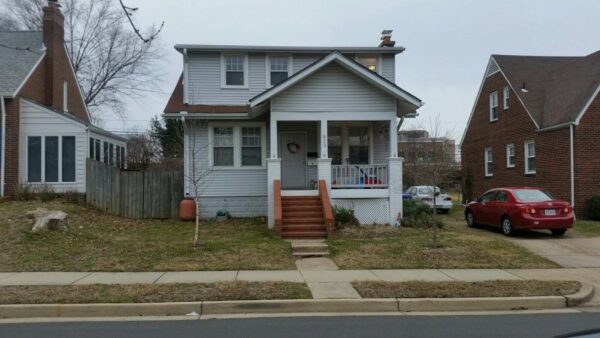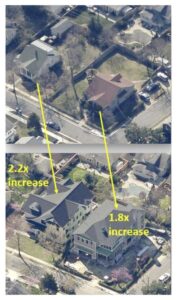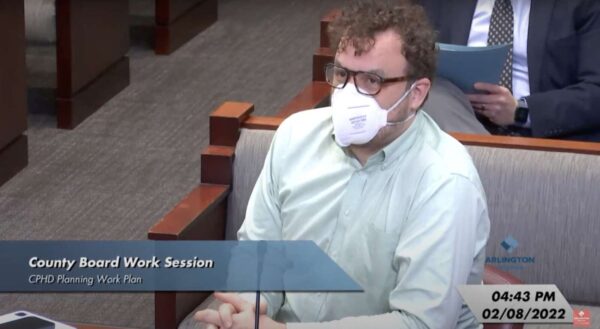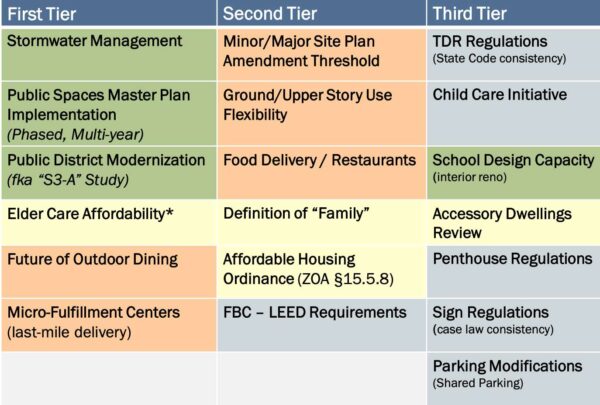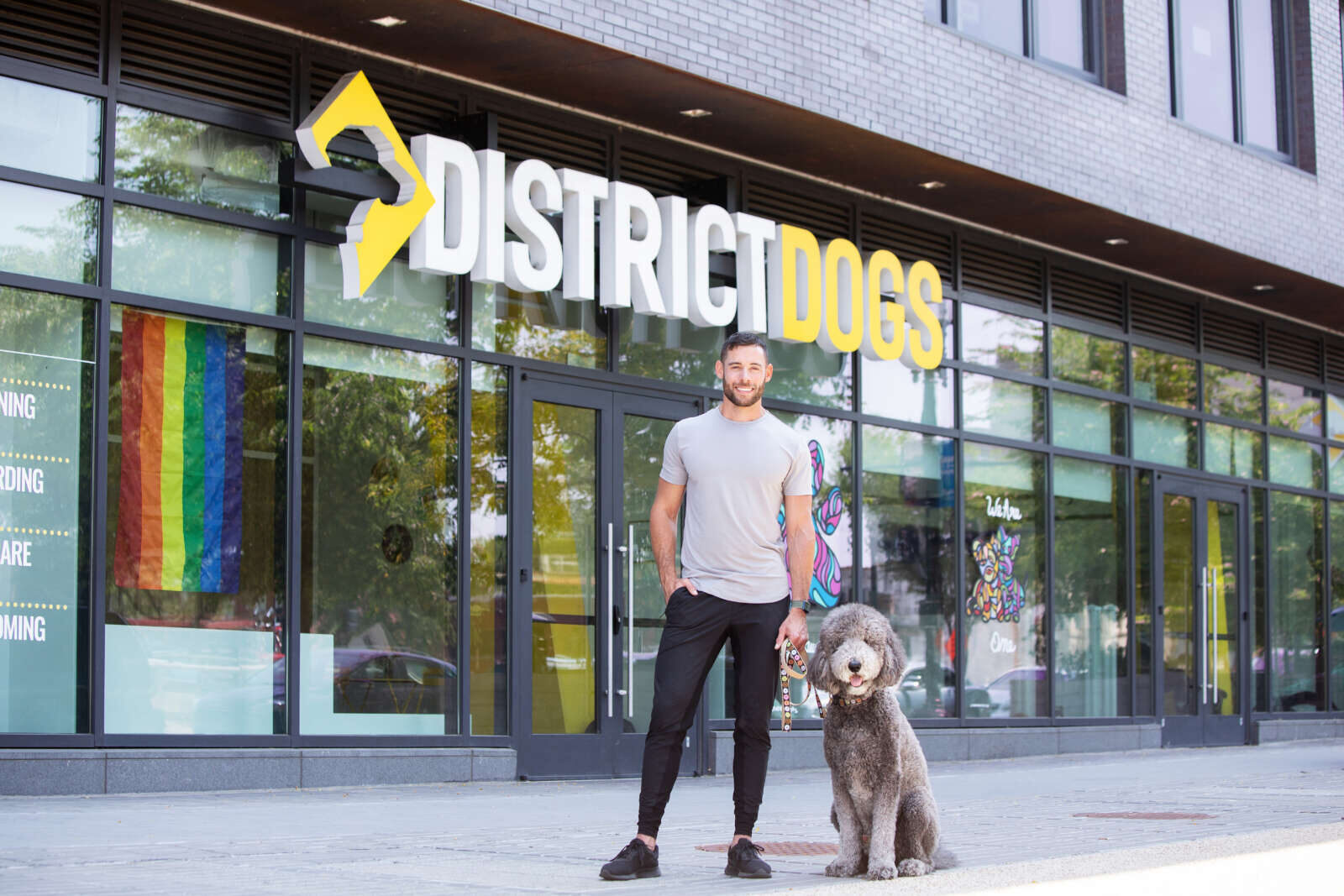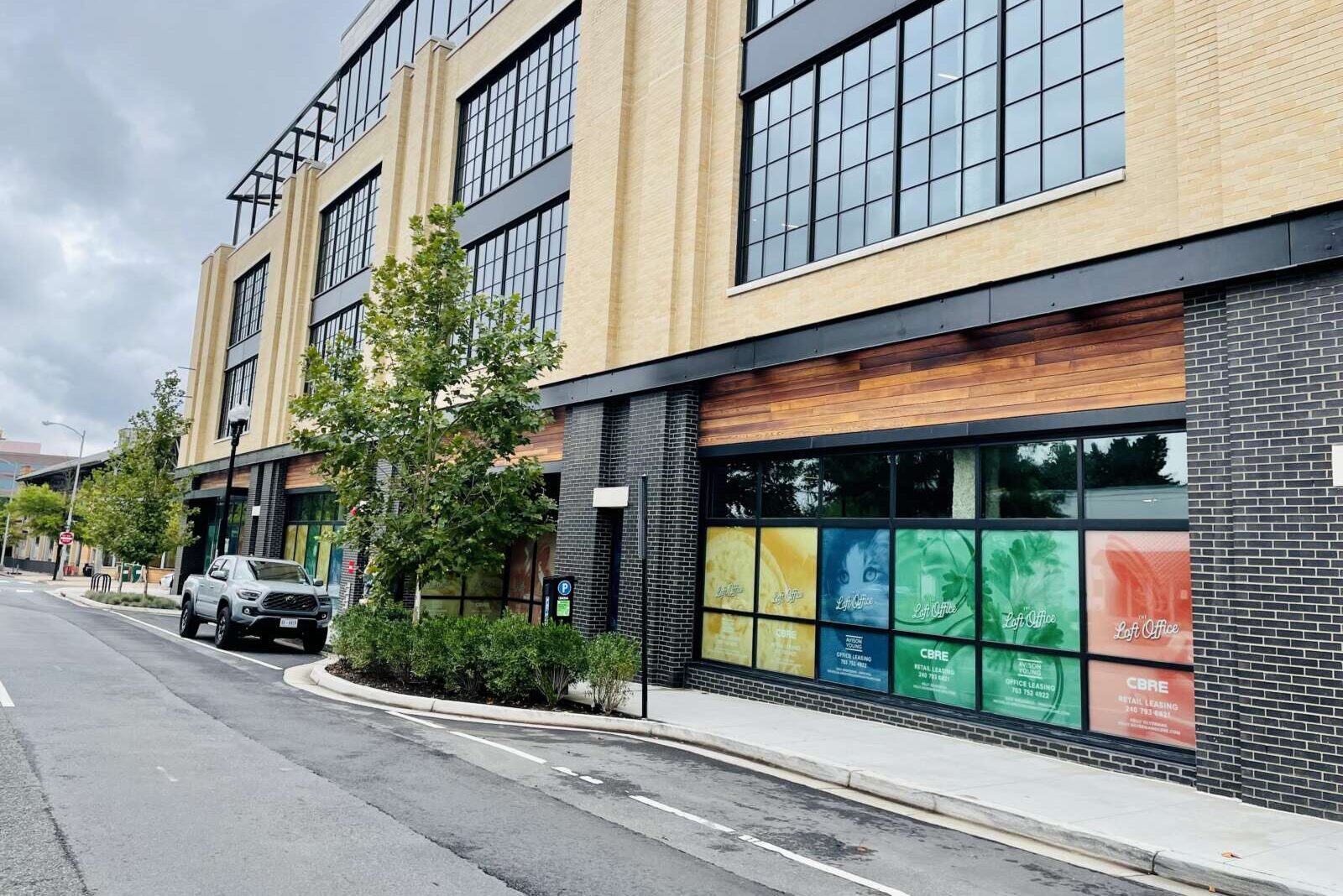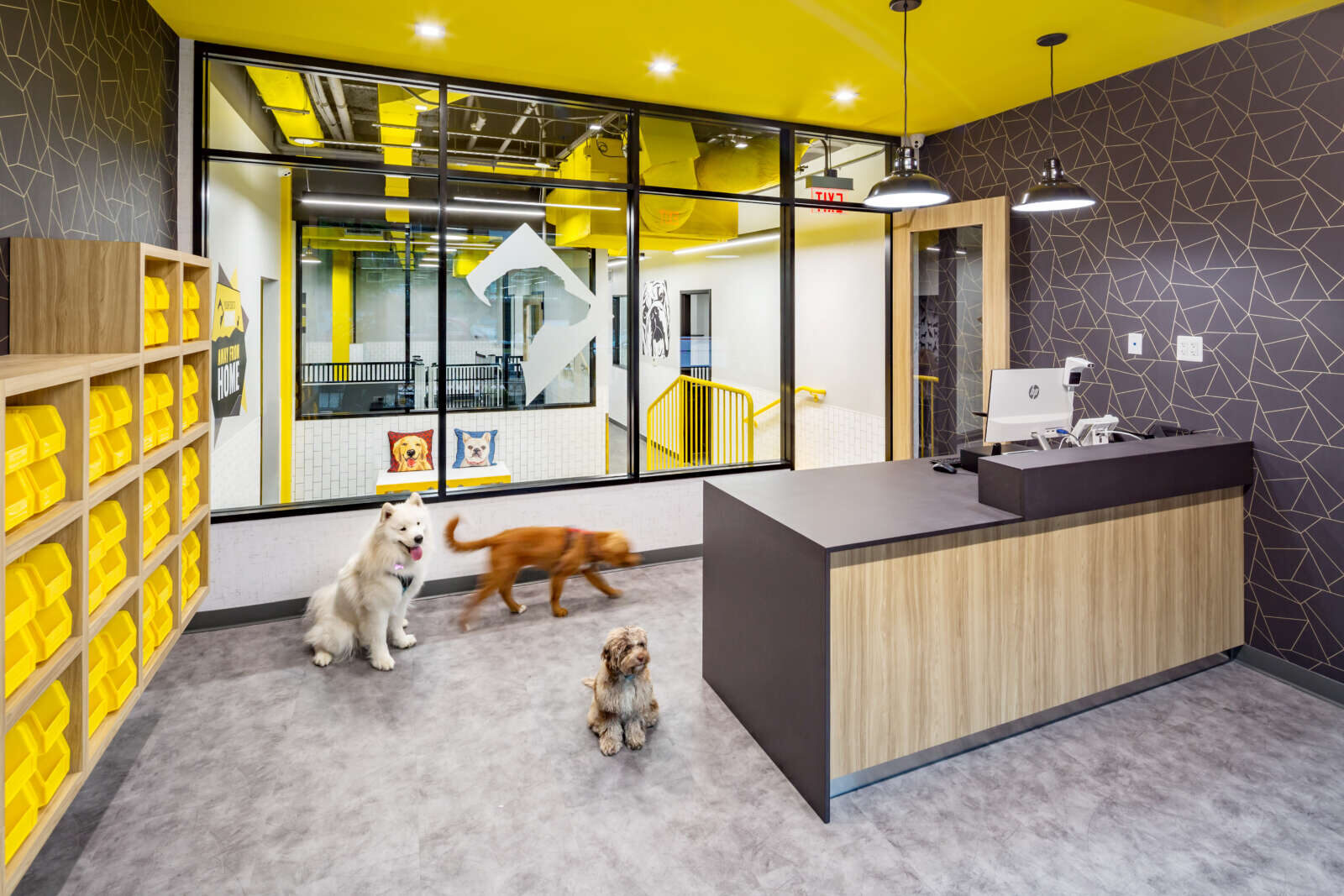Arlington County is asking locals if they like Covid-era outdoor dining and want it to stay post-pandemic.
One central question in a recently-posted survey is where permanent outdoor dining areas would go. Top contenders appear to be streets, parking spaces and parking lots, according to the survey, which asks respondents if they’re comfortable ceding some parking to outdoor dining experiences.
This feedback form, available online through Friday, Oct. 28, is part of Arlington’s Future of Outdoor Dining Study — appropriately dubbed the “FOOD Study.” The study, first discussed last fall, is the latest step forward for the open-air eating movement, which gained traction during the pandemic.
“The FOOD Study will look at lessons learned from [temporary outdoor restaurant seating areas] and identify recommended amendments to the Zoning Ordinance and Outdoor Café Guidelines to strike an appropriate balance between commercial resiliency and public and community interest,” the webpage said.
In 2020, the Arlington County Board approved a temporary way for restaurants to circumvent the normally lengthy bureaucratic process for getting an outdoor dining permit. Many restaurants debuted these Temporary Outdoor Seating Areas (TOSAs) to make up for lost revenue due to social distancing requirements and diners skittish of indoor spaces, giving guests an arguably safer dining experience in the process.
Since then, the County Board has expanded and molded the ordinance to changing circumstances.
In December, the Board granted restaurant and bar owners the ability to set up TOSAs in common areas, such as plazas. When capacity restrictions were lifted in the spring of 2021, the County Board gave restaurants a way to request temporary certificates of occupancy for their TOSAs so they could operate the seating areas while operating at full capacity indoors.
Now, the county is examining whether it should allow local restaurants to expand their outdoor dining areas on both private and public property permanently, according to the county website.
For instance, the study will look at how much private parking space and public right-of-way cafés should take up, and whether those on private property could continue operating with administrative approval, while those operating in public spaces would need County Board approval.
“Given the public interest, outdoor cafés in public rights-of-way generally face stricter requirements,” the website says. “This approach helps ensure sidewalks continue to serve mobility needs of the public or recreation needs of those enjoying public spaces and aims to protect other community interests and avoid adverse impacts.”
Permanent outdoor dining areas may end up in competition with another in-demand amenity: private parking provided by the restaurant. Currently, county zoning ordinances require one parking space for every six seats in restaurants that are more than 1,000 feet from a Metro station.
A dent in parking might not impact the majority of TOSAs, many of which are concentrated in Metro-accessible areas, such as the Rosslyn-Ballston corridor and in Crystal City and Pentagon City, per a map of existing TOSA locations.
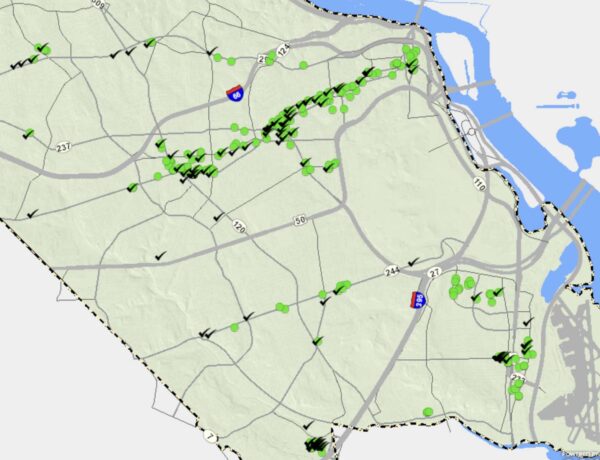
But parking spaces have enough potential that the survey asks respondents what safety features would encourage them to eat in street parking zones or in a parking lot, such as traffic barriers, planters, reflective features and tents.


